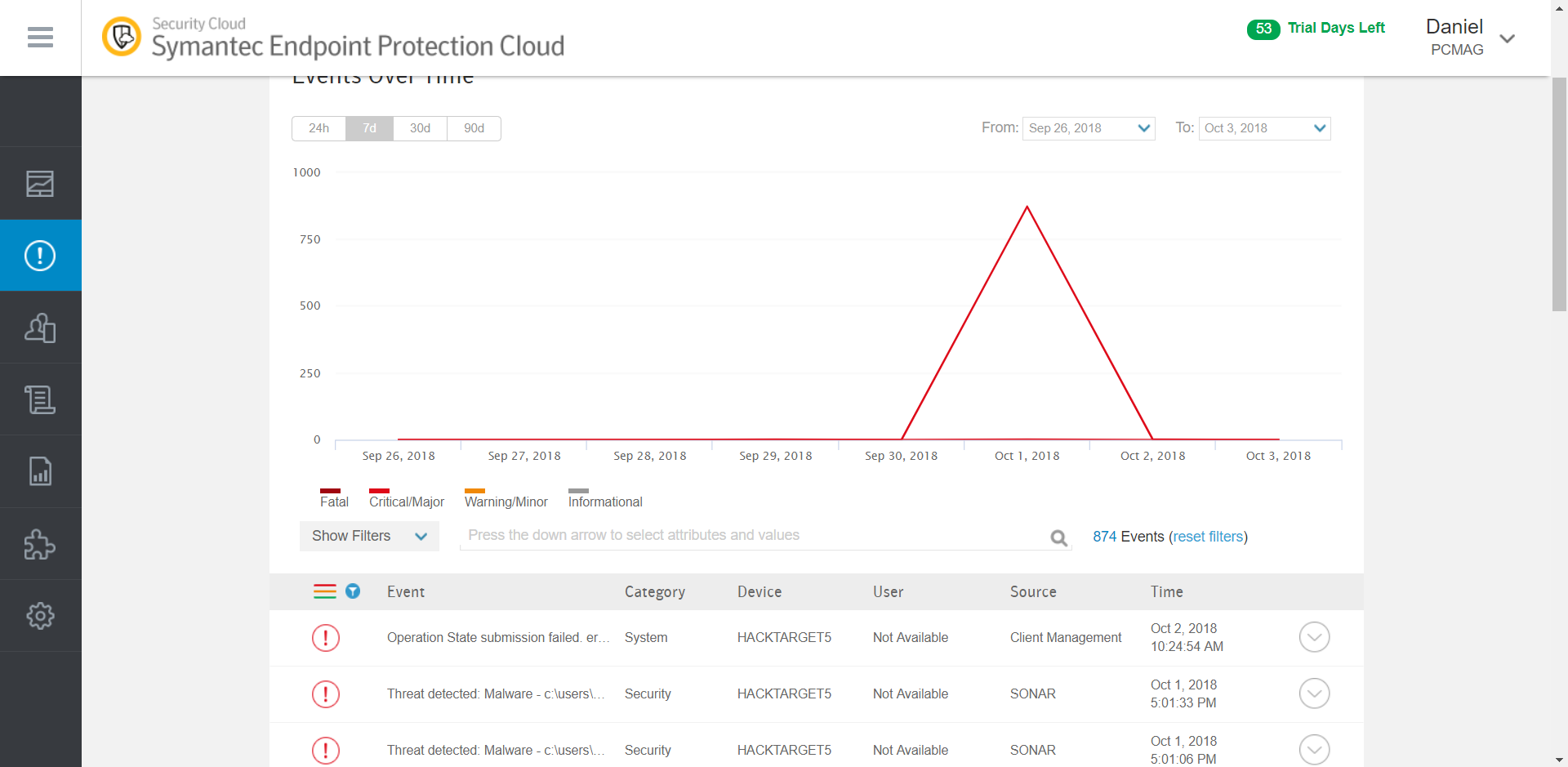

MSI (obviously, but given the length of time this issue has lingered I wonder if it's just that Symantec doesn't understand the problem. yes I'm looking at you Symantec, Cleanwipe.exe is NOT a. Now, once more, for the cheap seats all the way in the back. So, in this common scenario, unless you use CLEANWIPE.EXE to remove your SEP client I'm sorry to say, you are BONED. Password protected SEP packages cannot be removed in this manner no matter what they say to add to the registry Admins, users (and even you) cannot alter or remove the package using msiexec without this password if one was configured on the package when it was deployed. and then ONLY if you are fortunate enough to NOT have included a password with your installed SEP packages. the command looks something like msiexec /X /switches blah blah blah. However, that's only after you have queried the remote registry of each and every computer it will run on to ensure that the GUID used on each is identical (you'll need a msiexec removal lilne for each version found). To be fair, there are command strings that can be executed to remove the product via command line using msiexec in some instances. and what I mean by that is to date, they still have no tool available to their customers that can be scripted or managed via GPO (.msi) to remove SEP. So you should add extracted file as package data source and select download and run the package but run from DP.Īnd you should run the RunCleanWipe ‐silent command in the command prompt and use ~%0dp to reference the command location under client cache. I hate to necro a thread this old, but surprisingly it is still relevant considering Symantec still has yet to provide its customer base with a viable solution despite the cacophony of cries for one.


Copy the CleanWipe folder to the target computer.In this document, silent run mode is described like this:


 0 kommentar(er)
0 kommentar(er)
